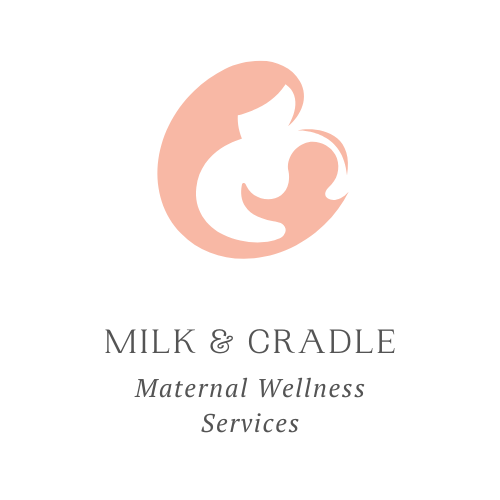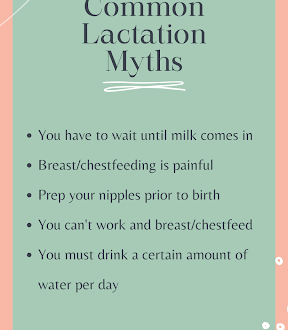
The First Hour After Birth
The first hour after birth is an opportunity to embrace one of the most amazing moments with your baby. Immediately after delivery, the baby is placed on mom, tummy to tummy. Unless medically necessary, uninterrupted skin to skin will allow the baby to be naturally welcomed into the world on the chest of mom. Mothers who have had a cesarean birth are recommended to practice immediate skin to skin if both mother and baby are stable.1 If there is a medical reason or any other circumstance that the birth mom is not able to do immediate skin to skin, a close caretaker such as the father or another family member can help. There are many benefits to skin to skin, beginning with temperature regulation. One of the first things that medical staff will do is place your baby in a swaddle and put a hat on his/her head. Skin to skin helps to regulate baby’s body temperature simply by sharing the warmth from mom’s breasts via thermoregulation.1 Delaying the first bath is a good practice so that the maternal bacteria and vernix remain on the baby’s skin, maximizing the beneficial abilities of these natural substances. The baby will also have more favorable blood sugar levels if immediate skin to skin is practiced. Maternal hormones are increasingly released during moments of skin to skin. This is particularly important for a breastfeeding mother. Oxytocin is the “love hormone” and promotes maternal/newborn attachment, reduces stress levels for both mom and baby, and helps the baby transition to life after birth.1
Let’s talk specifically about skin to skin and breastfeeding. For a minimum of one hour after birth, the baby should be placed tummy to tummy on the mother. In addition to the benefits previously mentioned, this positioning allows for the baby to have an opportunity to naturally crawl (the breast crawl) to the mother’s nipple for the first latch. Babies are born with this ability and if not given the opportunity to exhibit natural capabilities, the baby could become confused and disrupt other natural abilities from occurring. If the baby is allowed to latch onto the mother’s nipple, this is the first opportunity for colostrum to enter the baby’s digestive system, delivering antibodies and healthy bacteria essential to establishing a healthy gut flora. Colostrum has a mild laxative effect and the baby should soon have his/her first bowel movement, meconium. For the first 1-2 days, the baby will continue to receive colostrum until the milk transitions into mature milk. There will be a color change in the baby’s fecal matter to determine what type of milk he/she is receiving. The sooner a breastfeeding baby/mother dyad engages in skin to skin and on demand feeding, the better for the baby’s body systems.
After the baby has exhibited all of the natural abilities expected after birth, he/she will fall into a restful sleep allowing for both mom and baby to rest after such tiring events.
- Crenshaw JT. Healthy Birth Practice #6: Keep Mother and Baby Together- It’s Best for Mother, Baby, and Breastfeeding. J Perinat Educ. 2014;23(4):211-217. doi:10.1891/1058-1243.23.4.211
If you’d like to learn more about what to expect from a newborn following birth, please contact me to schedule via email, text or call.




